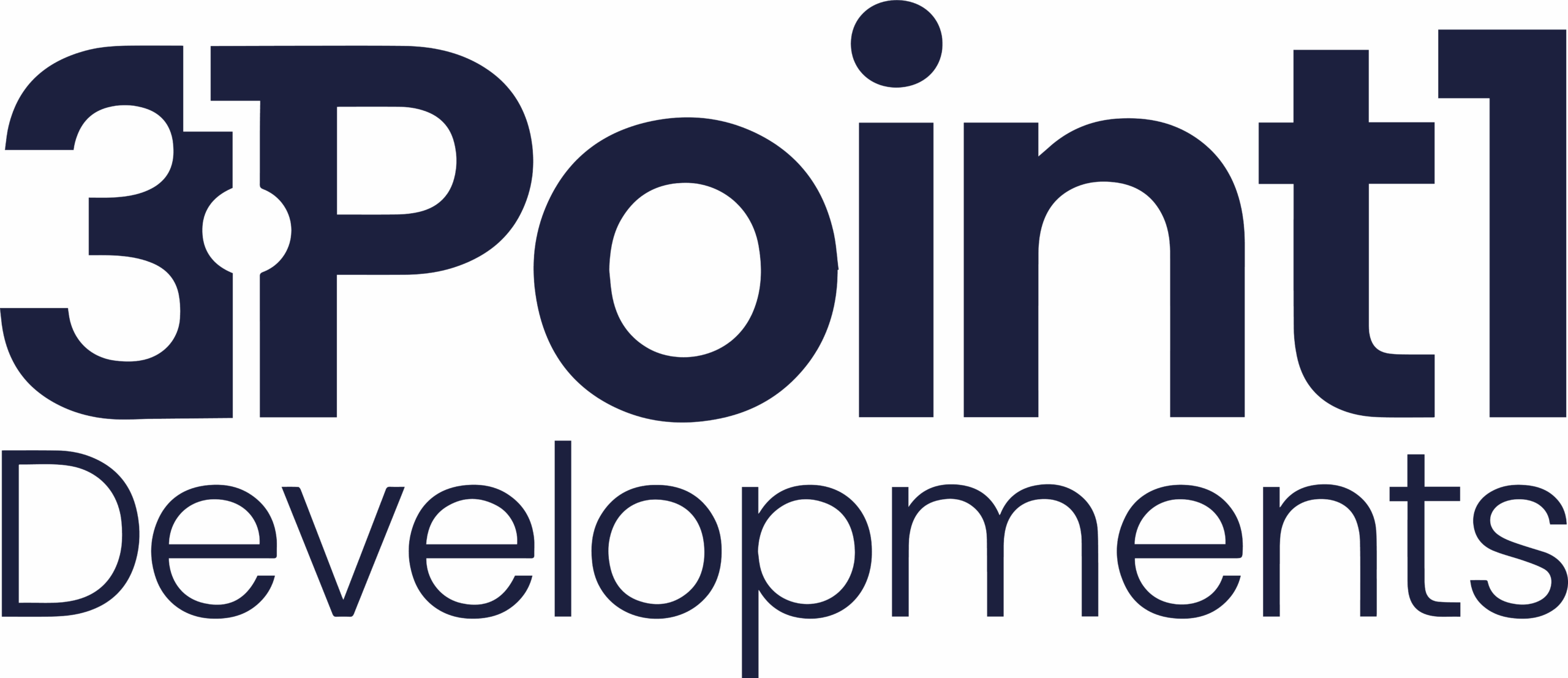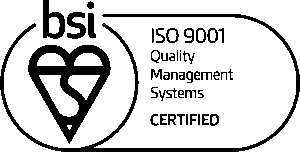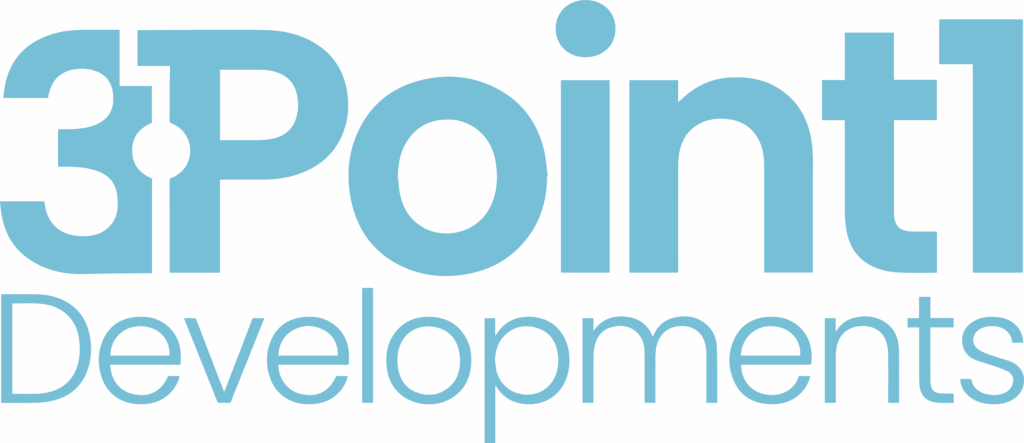Our Process
Electronic Product Architects
Our team handle a range of complex electronic development projects and offer a full turn key service to get your product ready for production

Our Process
We are experts in turnkey project delivery. We carry out all aspects of design work for your electronic product. This includes designing your enclosure, the hardware to go inside it, and writing any software to delight your customers.
We start our projects by getting your requirements from you. To demonstrate we understand them, we write your requirements back to you. From this we create a test plan. This critical step shows you how we will demonstrate the product works. Critically for us, this also scopes the work and helps us both avoid scope creep, where the final product bears little resemblance to the original idea.
We then carry out the expert work. Depending on the product, we might design an enclosure to go around it. We have experience in a variety of materials and processes. Perhaps your product will be mass produced, perhaps it will be a one-off. Either way we have the know-how to get it to market.
Perhaps your product requires a circuit board, to activate a feature or provide a user experience. Again we have experience of high power and low power designs. We have experience of simple and complicated boards. We can identify a manufacturing partner for you, or work with your existing partners to get the product to market.
Perhaps your product requires software. Maybe the product itself has some feature that is easiest implemented in software on the product. Perhaps it is a companion app, or a reporting tool which supplies data into (say) an ERP system. Regardless, we can work up and down the software stack.
When the design is stable, you will have prototypes you can take to market. This is a good time to evaluate the product. Does it perform the way we want it to perform? Does the way we want it to perform need to change? Ideas do not always survive contact with the customer. Perhaps the customers have their own ideas about what the product should do, or how it should behave. This is the moment to evaluate the product and consider whether or not the design meets expectations.

Research and Estimates
We have significant experience in what we call “research” projects. These are projects where we do not know what the outcome will be, or whose outcome is uncertain. For example, “How much will this product cost?” is a research question. Let’s break it down.
To keep the project under control, we need to tame the unknown. We can do this in a number of ways. First we have to scope the research which will be carried out. We don’t want time to be spent on anything other than the core research. Ancillary research may be interesting, but if it’s not in scope it should not be of interest. For our sample cost, if the product is made of wood, we don’t research the cost to make in metal. Perhaps though we might explore different woods, or different sources of the same wood.
When the project has been scoped, we estimate. With the unknown, prior experience can guide us. We can estimate the novel features in the research and use that to create an estimate. For our wood product, perhaps we know the response times of dealers and factories. We can use this information to estimate how long the quoting process might take.
With a time estimate in hand, we set a budget. We do not want our research phase to end with no tangible output. Setting a budget helps to keep cost in mind while carrying out the work, and helps control overall project cost. Research is usually a precursor to another set of expert work being carried out, so the budget for research must reflect that it is only one aspect of bringing the product to market.
All the best projects, research or no, gain from being SMART: Specific, Measurable, Achievable. Relevant and Testable. By applying these criteria to our research, we help to keep the scope manageable. For our sample wooden product, we can give a specific answer: a number. The project will be measurable because its budget has been set. We can call it achievable because we know a number of suppliers are available. Cost is directly relevant to the business model. Finally we can say whether or not the research delivered by testing whether or not a price is supplied.


